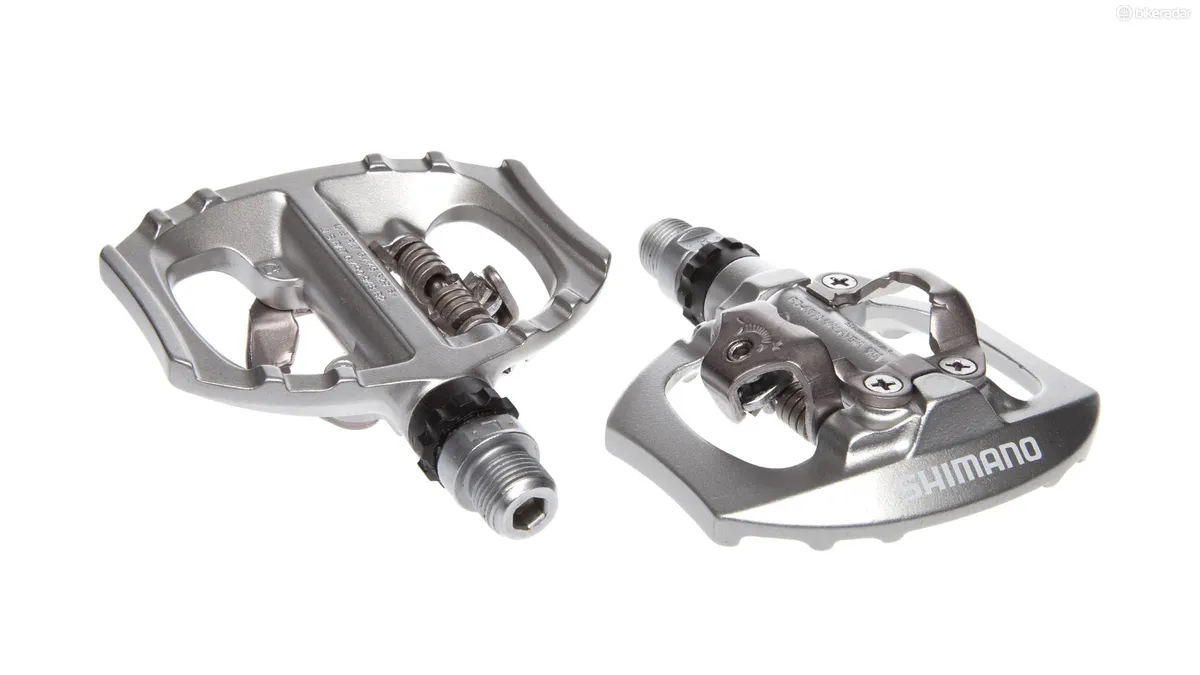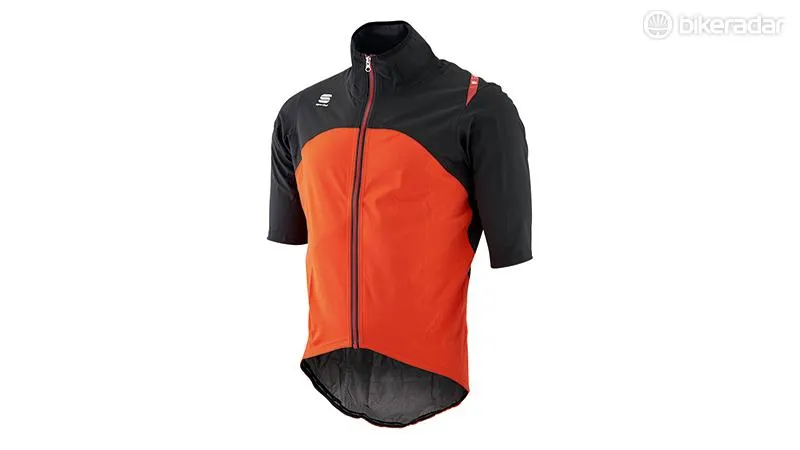You've got the bike, but what about the rest? If you want to get the most out of cycling and keep you and your bike protected as you go, you might want to think about investing in the following:
- Best road bikes 2018: how to choose the right one for you
- Best road bike tyres in 2018: everything you need to know
- Women's road bike buyer's guide: comprehensive advice to help you find the perfect bike
- UK readers: can you help us get more people on bikes? Whether you’re a keen cyclist or a complete beginner, we’d love you to get involved in our Get Britain Riding campaign, in association with B’Twin. Click here to sign up!
1. Helmet

Helmets can help protect you in the event of unfortunate accidents or collisions. Plus, you might find that if you wear one and follow sensible precautions on the road, you’ll feel more reassured about your safety on the bike. This means you can concentrate your efforts on developing your technique, handling skills and simply enjoying the ride. They are also required when riding most events.
There’s a huge range of lids on the market, with styles, colours, materials and sizing varying dramatically. Wearing a helmet no longer means sweltering inside a heavy casing – light and well-vented options are the norm these days.
As with your bike, try different models out at your local bike shop before you buy. If a helmet’s going to be effective it needs to be properly fitted and securely attached to your head, which means it should sit level, cover your forehead and have snugly fitting straps.
- Best road bikes 2018: how to choose the right one for you
- Best bike helmets: a buyer's guide to help you find what's right for you
2. Clipless pedals

Buy a basic road bike and it will most likely come with standard flat pedals. These are fine for short trips, but as your skills improve, pedals that attach you to the bike via the soles of your shoes are worth considering.
Contrary to what the name suggests, you clip into clipless pedals using cleats. Pedals are the points at which your power is transmitted to the bike, and clipless models allow you to transfer force without your feet slipping.
If you want the best of both worlds while you get up to speed, it’s possible to get pedals that allow you to clip in on one side while the other offers a traditional flat surface such as these Shimano PD-A530s.
3. Shoes

Road shoes, like the ones pictured, have stiff soles for efficient power transfer; also your feet won’t flex over the pedals. Most cycling shoes have threaded holes in the soles so that you can bolt on the cleats you need to use with clipless pedals.
It’s quite difficult to walk in road cleats so some commuters prefer trainer-like shoes with embedded cleats. These are used with the SPD pedal system pioneered by Shimano, and can be worn on and off the bike. These are the shoes you need if you use our featured pedals.
4. Bib shorts

For the depths of winter invest in a pair of cycling tights, but for milder weather switch to shorts. These will be made of tight-fitting stretchy panels to allow freedom of movement without excess material to bunch or chafe, and those with bibs are more comfortable than those without as they won’t dig in around your waist.
Shorts come in various designs, so find what works for you and the weather you ride in. For spring and autumn, slightly heavier material paired with knee warmers works well, but you’ll want lightweight fabric in the heat. Poorly fitting shorts can lead to chafing and discomfort.
5. Mitts

While full-fingered gloves are essential for keeping your hands warm and mobile when it’s cold, they become a hindrance when the mercury rises. That’s where mitts, or fingerless gloves, come in.
Designed to give you the protection of gloves without the warmth, they have palm padding that absorbs road vibrations through the bar and will act as a shield if you hit the tarmac.
Pairs with mesh backs will keep you extra cool, and towelling sections can be handy when you need somewhere to wipe your runny nose (it happens to everyone). Look for tabs, which are helpful for removing gloves.
6. Track pump

To keep annoying punctures and rolling resistance to a minimum, you need to pump your tyres up regularly. While mini pumps are excellent for roadside emergencies they require quite a lot of effort to get a road tyre up to anywhere near the recommended 90-100psi.
Track pumps are larger and much handier for home use. Look for a heavy, stable base; fold-out feet are good if you want to pack the pump and take it to events. A decent model should have a pressure gauge, possibly a digital one. Most road tyres have Presta valves, but pumps that also handle Schrader valves are useful.
- How to inflate a bicycle tyre — everything you need to know about pumps, valves, pressure and more
- 6 of the best track pumps
7. Puncture repair kit

With punctures always a possibility, carry a spare inner tube with you so you’re covered. If that then blows, a puncture repair kit will be invaluable. Standard ones will come with rubber patches (make sure these are a suitable size for your tyres) and some liquid latex for sticking everything together — all you need to get home. Take the instructions too if you’re not sure what you’re doing.
8. Glasses

Almost an essential, especially if you’re prone to streaming tear ducts or like summer rides in the country, where getting a fly or grit in your eye is no fun at all.
Choose glasses with as much coverage as possible and look for photochromic or interchangeable lenses, so you can adapt them to the conditions — dark for sunny days, clear for night and yellow or orange to make overcast days look cheerful! You can get a basic set with three lenses without breaking the bank.
9. Jersey

The best cycling jerseys have moved on from pro team replica kits or simple three-pocketed tops with a short zip and a length of elastic to keep them in place. You can now choose from jerseys designed for hot weather featuring venting, super-form fitting tailoring or climbing fans’ options made of the lightest fabrics.
Getting the right size is crucial, so see manufacturer’s advice on their ranges’ sizing. Look for silicone grippers on the hem to prevent the jersey rising up when you’re crouched over the bar.
Fabric: Keep an eye out for materials that wick (move moisture) sweat from the inside of the jersey to the outside, where it can evaporate. The better the fabric does this the more comfortable you will be.
10. Lights

Essential if you’re going to ride after dark, lights do two jobs: make you visible and illuminate the road. In the city there’s enough ambient light that you just need small, fairly bright units that other road users can see. They can be combined with reflectors to increase your profile.
For unlit roads you need something more powerful. Efficient, bright LEDs (Light Emitting Diodes) and lithium-ion rechargeable batteries mean compact lights now pack an incredible amount of power and are great for long-distance commuting.
Light source: Most bike lights use LEDs, which emit light by being switched on and off quickly. If you switch lights on and off for different lengths of time you can boost or reduce output.
Mounting: It needs to be strong enough to hold the light over bumps but also offer a quick-release-style system for removal. Mounts that require no tools to fit are a bonus but by no means necessary.
11. Lock

If you leave your bike unattended then you’ll need to lock it. This is one area where you truly get what you pay for: good locks aren’t cheap but the best will resist anything short of power tools and make a thief look elsewhere.
It’s impossible to be sure how good a lock is just by looking at it, but tests have shown that the best protection comes from D-shaped shackle locks with hefty armouring around the lock mechanism.
The D of the lock should engage at both ends and the key should be flat – not a cylinder, which is easier to attack. If you’re keeping your bike in the garage, consider a strong wall lock.
Security ratings: The most consistent is the Sold Secure Rating. Gold, Silver and Bronze show how long a lock will hold out. Bronze is 1 minute with basic tools, Silver 3 minutes with a wider array of tools and Gold 5 minutes with more sophisticated kit. The Dutch ART standard (rated 1 to 5+, the higher the better) is a good guide too.


